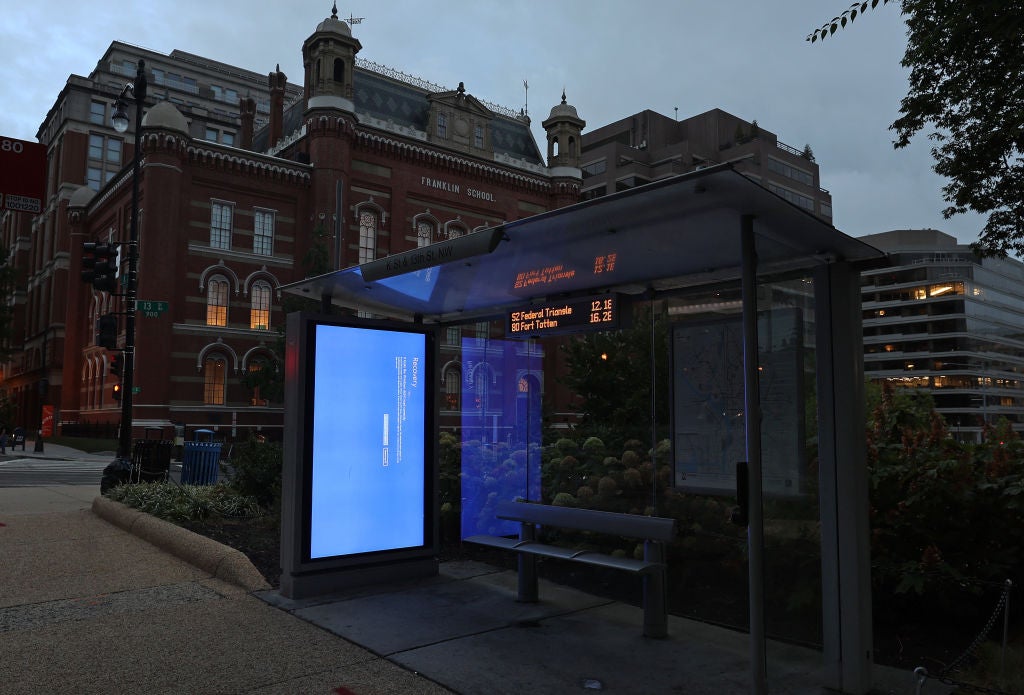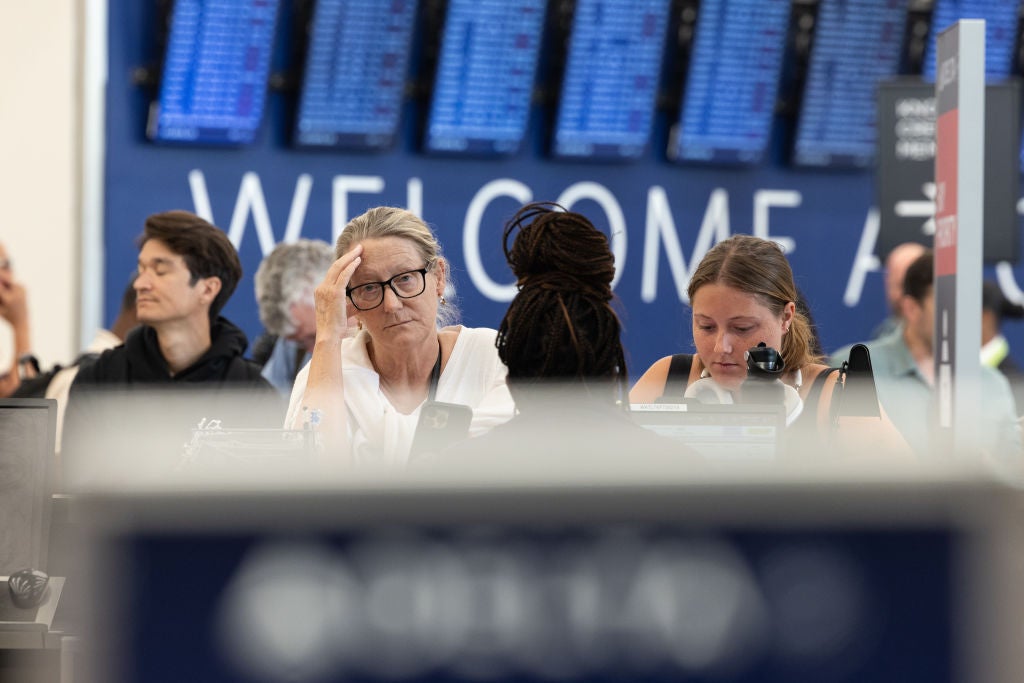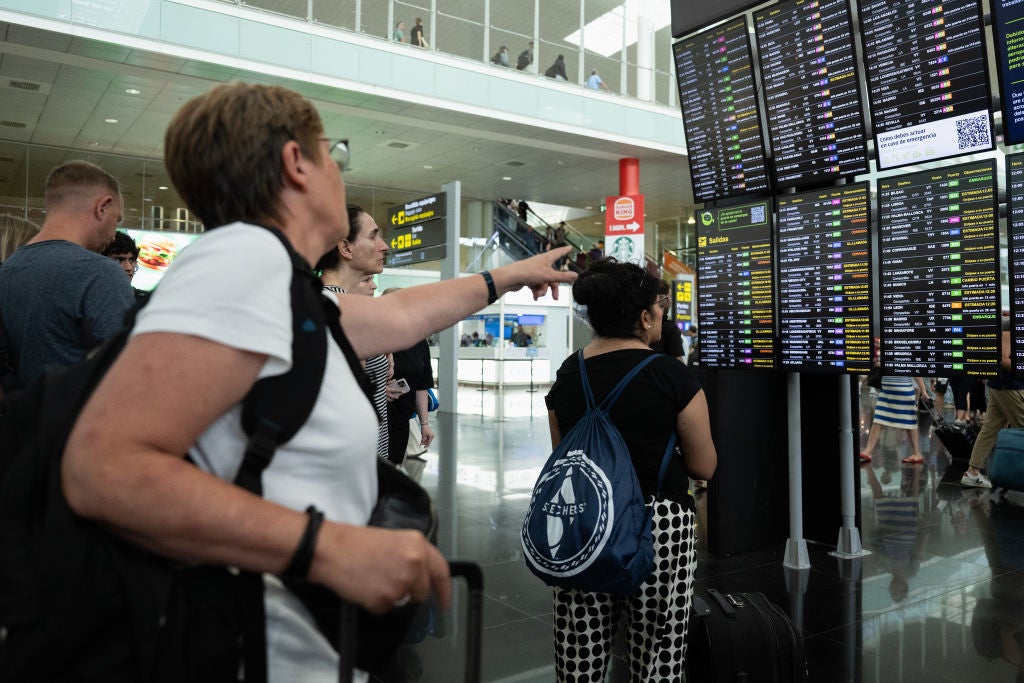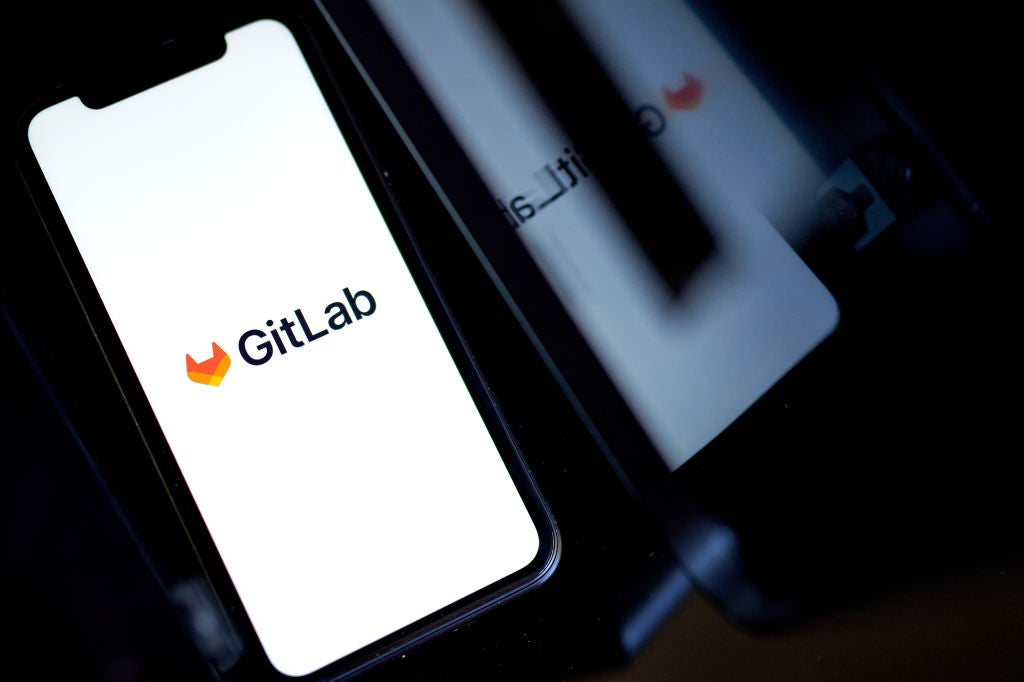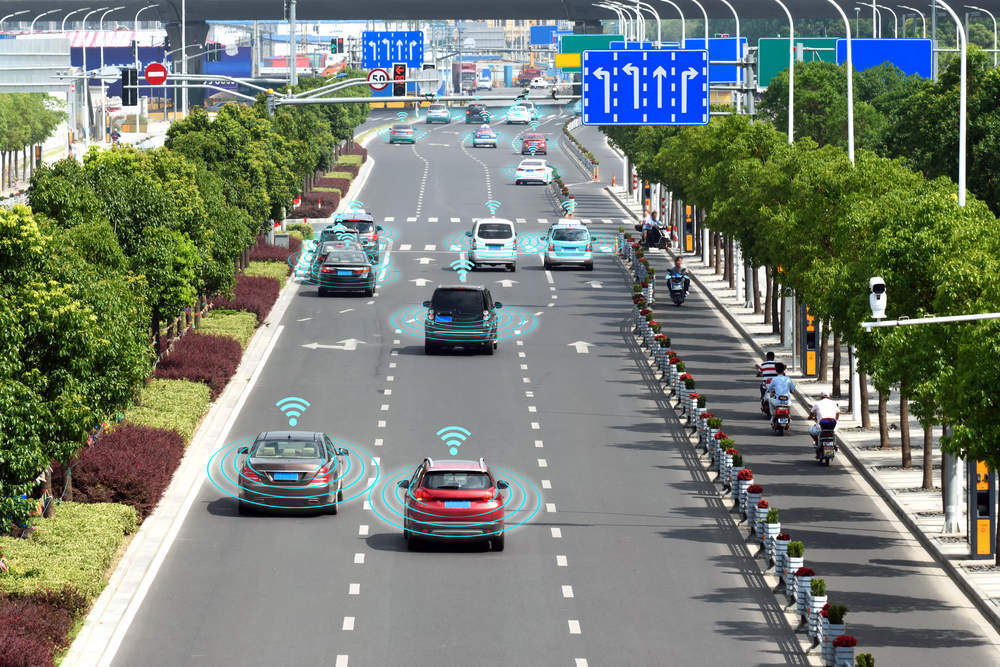
Some 1.3 million people die in road collisions each year according to the Association for Safe International Road Travel. Another 20 millon to 50 million are injured as a result of traffic accidents.
Self-driving technology is seen as the solution to this problem. A recent study by non-profit organisation Rand Corporation concluded that self-driving cars that perform just 10% better than human drivers would save thousands of lives.
However, the recent news of an Arizona pedestrian killed by a self-driving Uber car is a reminder that self-driving technology still has a long way to go.
This was the first pedestrian fatality caused by a collision with a vehicle in autonomous mode.
Uber has halted testing of its self-driving car technology following the crash.
However, the chief of the Tempe Police, Sylvia Moir, has stated that the technology is likely not at fault for the crash:
How well do you really know your competitors?
Access the most comprehensive Company Profiles on the market, powered by GlobalData. Save hours of research. Gain competitive edge.

Thank you!
Your download email will arrive shortly
Not ready to buy yet? Download a free sample
We are confident about the unique quality of our Company Profiles. However, we want you to make the most beneficial decision for your business, so we offer a free sample that you can download by submitting the below form
By GlobalData“I suspect preliminarily it appears that the Uber would likely not be at fault in this accident.”
Elaine Herzberg, the woman involved in the accident, reportedly walked out in front of the oncoming traffic. According to Moir, it would have been difficult even for a human driver to avoid the collision.
A history of self-driving car crashes
While tragic, the Uber self-driving car incident follows the script.
Crashes involving autonomous vehicles aren’t uncommon. However, looking back at past self-driving car crashes shows that the technology is rarely at fault.
July 2015 – Google
A Lexus SUV fitted with Google’s self-driving technology was involved in the first self-driving accident believed to have resulted in injury. Three Google employees complained of minor whiplash following the crash and the other driver complained of neck and back pain. This was the 14th crash involving a Google vehicle, but the tech company insisted that the technology wasn’t to blame for any of those incidents.
February 2016 – Google
A Google self-driving car collided with a public bus at two mph, according to a California accident report. According to Google’s monthly self-driving report, the human driver believed that the bus would slow down and therefore avoided exiting autonomous mode. Nobody was injured as a result of the crash. The accident report didn’t place blame on one party, but this might have been the first crash caused by a self-driving car.
May 2016 – Tesla
A Tesla Model S driver became the first person to lose their life due to self-driving technology after colliding with a truck after putting his vehicle on autopilot mode. However, a report into the crash concluded that he had ignored repeated warnings to keep his hands on the wheel.
September 2016 – Google
A Google vehicle operating in autonomous mode was struck from behind by a human driver that had ran a red light. The autonomous vehicle wasn’t believed to be at fault. The Google vehicle sustained considerable damage and the driver was forced to visit a hospital.
March 2017 – Uber
A human driver made a left turn across three lanes of traffic in a bid to beat a changing traffic light. This put the driver in the path of an Uber SUV travelling at 38 mph in self-driving mode, which was unable to stop in time. The Uber flipped on its side and collided with two other cars, but nobody was seriously injured.
July 2017 – Cruise
Cruise Automation, a driverless car company owned by General Motors, became the first company to face a lawsuit as a result of their self-driving tech. A Chevrolet Bolt operating in autonomous mode moved into the path of an oncoming motorcycle. While the rider was largely unharmed, he did require medical attention for pain in his shoulder following the collision. An accident report concluded that the motorcycling was at fault for attempting to overtake in unsafe conditions.
November 2017 – Navya
A self-driving shuttle developed by Navya for use in Las Vegas was involved in a collision with a motorist during its first day on the road. The shuttle hit a delivery truck as the human driver pulled out from a loading bay into its path.
January 2018 – Tesla
A Tesla Model S crashed into the rear end of a parked fire engine responding to an emergency in California at a speed of 65 mph. The driver confirmed that the vehicle was in self-driving mode, but it is unconfirmed whether the technology was at fault. The vehicle repeatedly warns drivers to stay focused while in autonomous mode.
January 2018 – Argo AI
A truck passed through a red light and ploughed into the back of an Argo AI self-driving vehicle. Two of the four passengers inside the self-driving car were taken to hospital with injuries. Ford, the company behind Argo, refused to confirm whether the car was in self-driving mode at the time, but the accident is thought to have been caused by human error.



